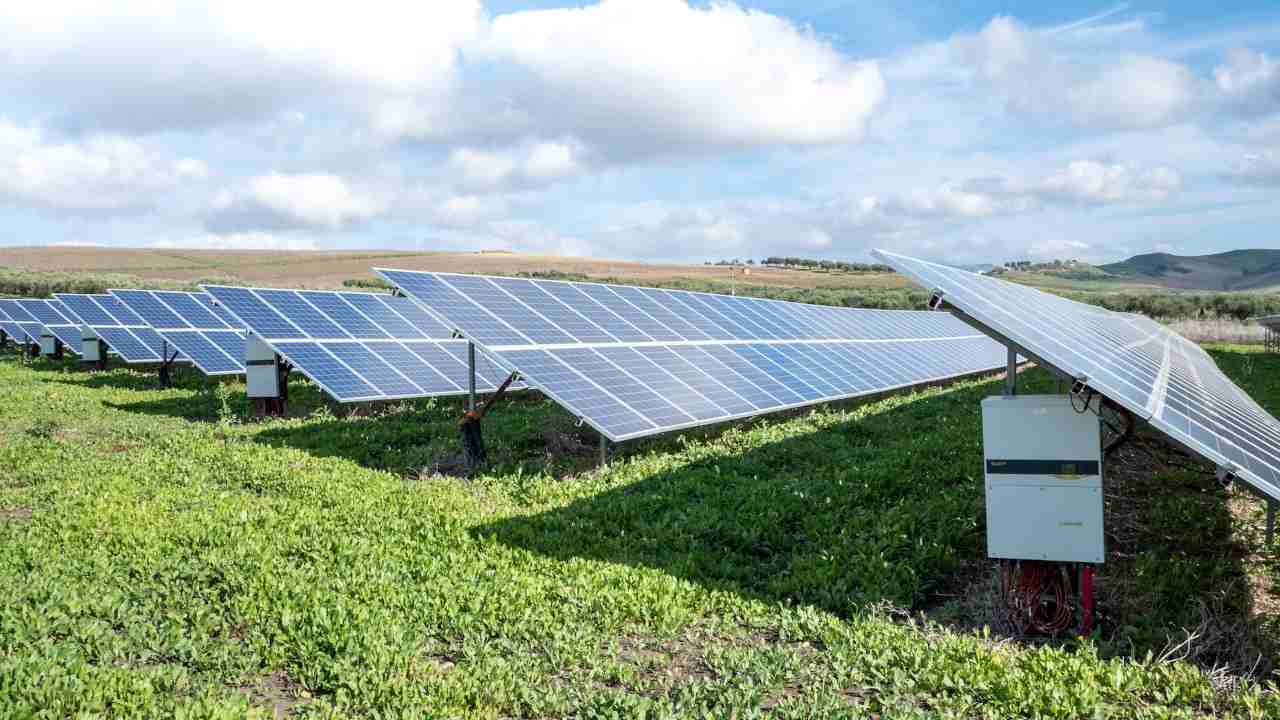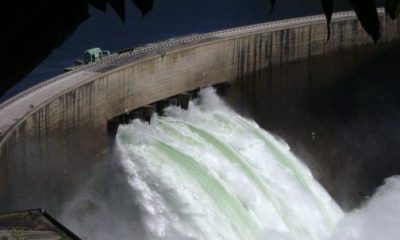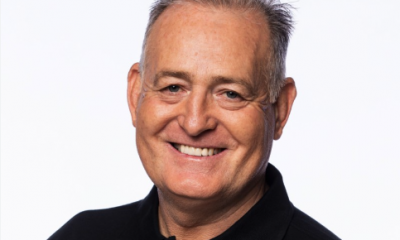News
South Africa’s green transition could cost over $64 billion by 2030

South Africa’s green transition, aimed at weaning itself off coal and embracing renewables, battery storage, electric vehicles, and a green hydrogen economy, will require significant funding of over a trillion rand ($63.70 billion) by 2030, said a top government official in 2022. As per Energy News, this ambitious undertaking aligns with President Cyril Ramaphosa’s vision of transitioning to a net-zero economy by 2050, for which the Presidential Climate Commission was established in 2020.
The scale of investment needed for the green transition extends beyond renewable energy infrastructure. It also involves transitioning fuels like natural gas and nuclear while ensuring a just transition for workers who may face job losses. Crispian Olver, the Presidential Climate Commission executive director, highlighted the importance of imparting new skills to affected individuals. In February, the Commission released a draft report outlining transition guidelines for key sectors, including coal, automotive, agriculture, and tourism.
Also read: What is the cause of South Africa’s power crisis?
“We are working on the numbers, and different models project different numbers, and there is also a big debate about energy mix,” explained Olver during a discussion with the financial sector at the Johannesburg Stock Exchange (JSE). “We think around a trillion rand by 2030, and three to four trillion rand by 2050 will be needed.” He further emphasised that interested parties should expect a more accurate estimate of the required funding by the end of 2022.
International collaboration is crucial to support South Africa’s green transition. In November, the United States, Britain, France, Germany, and the European Union pledged a $8.5 billion package to help accelerate the country’s move away from depending on coal. As the world’s 12th largest climate-warming gas emitter and the biggest in Africa, South Africa faces the dual challenge of reducing emissions while building sustainable and inclusive economic growth.
Also read:
Picture: Unsplash / Sungrow EMEA





















